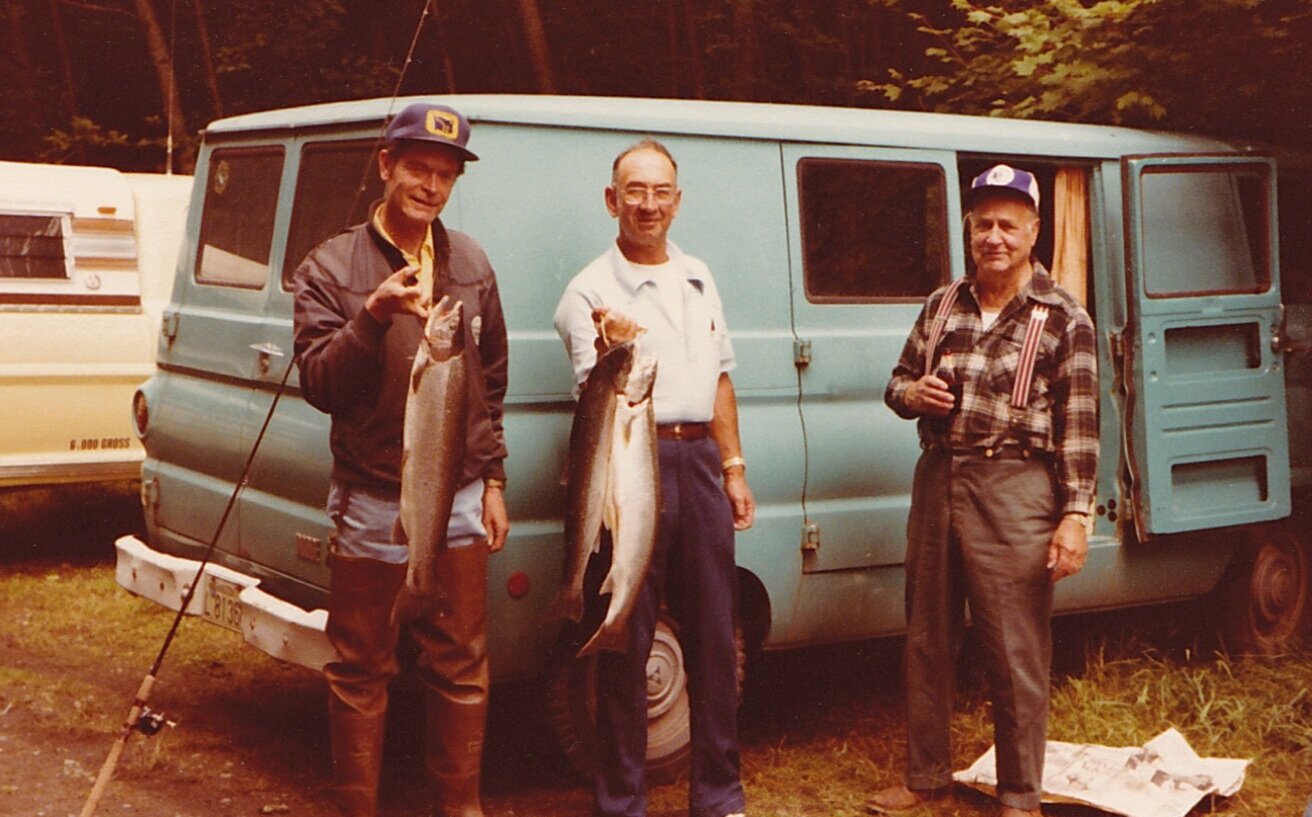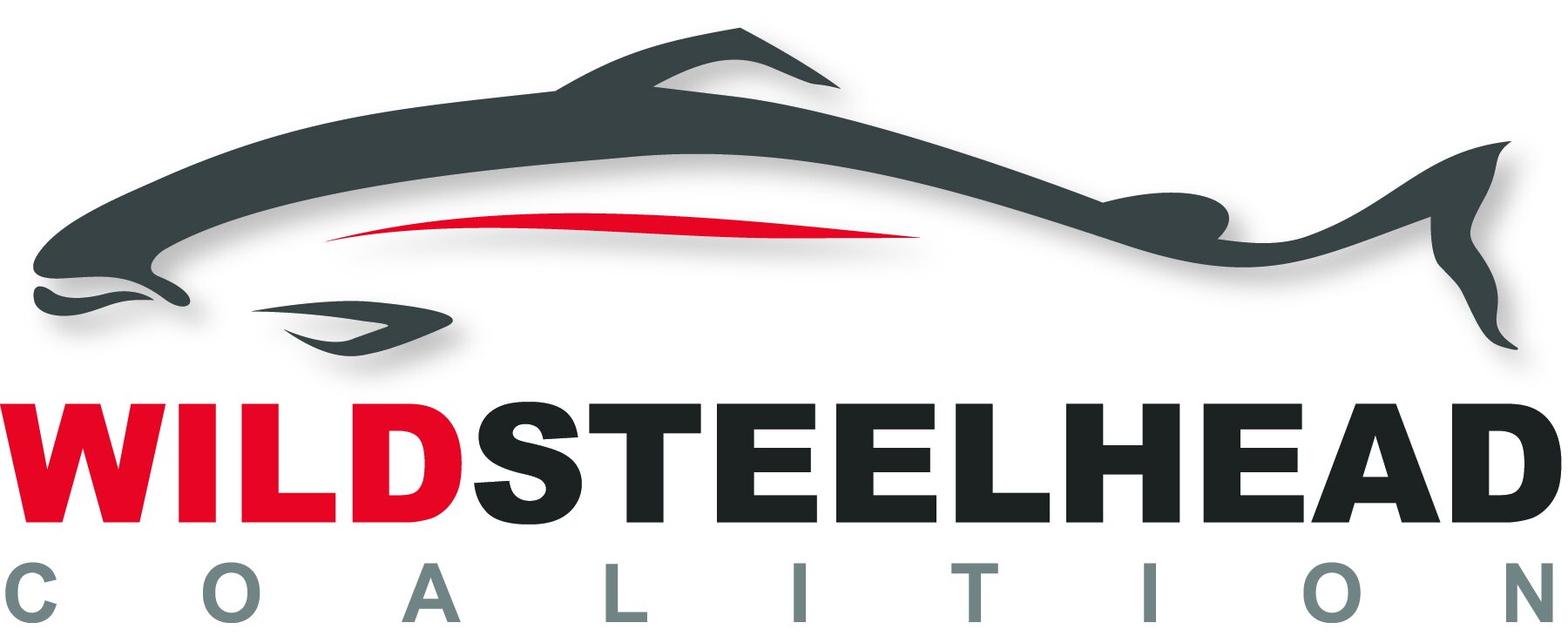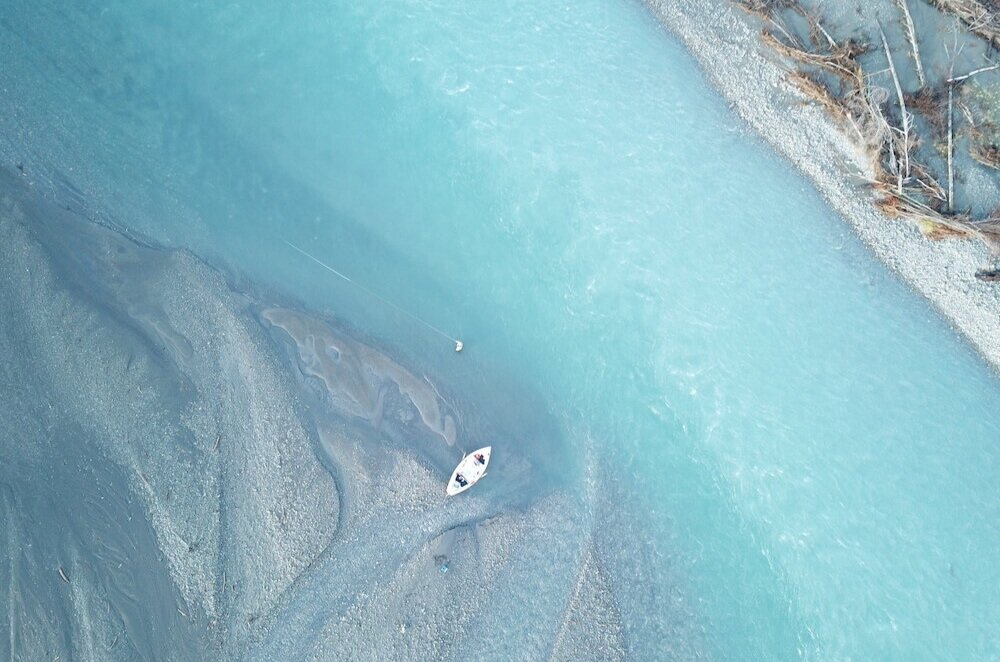
Too Many Dead Steelhead
The impacts of overharvest are ruthlessly simple: If you take too many fish from a population, they will be unable to replace themselves, and the population will decline. Regrettably, overharvest of wild steelhead dates back to the earliest days of commercial fishing in the Pacific Northwest. In more recent years, harvest from sport fishing was a major driver of steelhead decline, as anglers continued to harvest too many wild fish as populations declined. Fortunately, harvest has proven to be a problem where massive improvements have been made thanks in large part to the work of conservation-minded anglers and organizations that have largely eliminated recreational harvest of wild steelhead.
In fact, when the Wild Steelhead Coalition was founded in 2000, anglers were allowed to kill up to thirty wild steelhead per year in Washington, despite the drastic decline in the state’s wild steelhead populations at that time. As a result, the WSC decided to make stopping all intentional sport harvest of wild steelhead its top priority and developed a proposal for “Wild Steelhead Release, Statewide, No Exceptions.” Initially, this proposal was roundly rejected but over the course of fifteen years and countless hours of work, WSC was gradually able to dramatically reduce wild steelhead harvest and ultimately convinced the state to ban all sport harvest of wild steelhead in 2015.
“Overharvest of wild steelhead means there aren’t enough fish to produce the next generation.”
Too Precious to Spare
Wild steelhead populations have declined more or less continuously since the first industrialized fishing on the West Coast began in the mid-19th century. Back then, the supply of steelhead seemed inexhaustible, and commercial fisheries treated steelhead as such, at times catching far more fish than they were even able to process. Today, with most steelhead populations hovering somewhere between 1% and 10% of their historic abundance, we are harvesting far fewer steelhead than ever before, but harvest remains a major problem.
As steelhead populations shrink and there are fewer fish available, the margins for overharvest error become tighter and tighter. These tight margins mean that even limited harvest from commercial bycatch or incidental sport fishing mortality can lead to rivers failing to meet their escapement goals, resulting in not enough offspring being produced. When this happens repeatedly, which occurs frequently on too many steelhead rivers, a vicious downward cycle of population decline occurs.
Bycatch (unintentional catch) of steelhead in fisheries targeting salmon is a major problem for wild steelhead throughout their range. Sockeye fisheries on the Skeena River take a heavy toll on returning summer steelhead. The world famous Dean River loses hundreds, if not thousands, of returning adult steelhead to chum fisheries in the Dean Channel many years. Additionally, wild steelhead in the Columbia River are routinely caught in commercial gillnets targeting salmon and are often accidentally killed as a result. In response to concerns about wild steelhead bycatch, government agencies are working with tribal and non-tribal commercial fishermen to develop selective fisheries that increase the survival of steelhead bycatch, but unfortunately these improved fishing techniques are taking far too long to be implemented.
While the scale and efficiency of commercial fisheries can have an immense impact on wild steelhead populations, harvest by sport anglers can also have an outsized and profoundly detrimental impact. It is imperative that all wild steelhead caught by anglers be fought quickly and gently handled to ensure the majority of them survive to spawn. The Wild Steelhead Coalition is a passionate advocate for the best fish handling practices, such as keeping wild steelhead in the water when handling them. In fact, in 2007 the WSC helped champion a successful regulatory effort in Washington to require anglers to keep all wild fish in the water.
Even though harvest remains a significant impediment to recovery throughout much of wild steelhead’s range, it is not an intractable problem. As the reduction of Washington wild steelhead harvest demonstrates, when the conservation community can work together with government agencies to implement smart management practices, we can dramatically reduce the overharvest of wild steelhead. Similarly, while selective commercial fisheries are still in their infancy, their strong support from anglers and state agencies provides a strong sign of hope that the use of selective fishing gear will eventually become widespread.
When properly implemented, these policies and practices will ensure that after more than a century of overharvest, wild steelhead populations will be well-positioned for recovery and sport and commercial fisheries can have a bright, more sustainable future.






